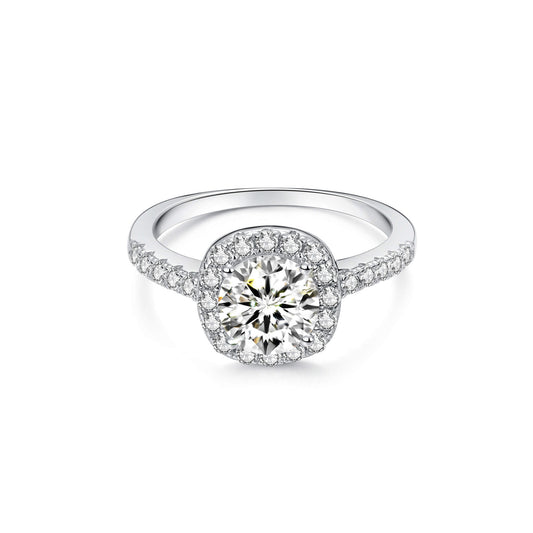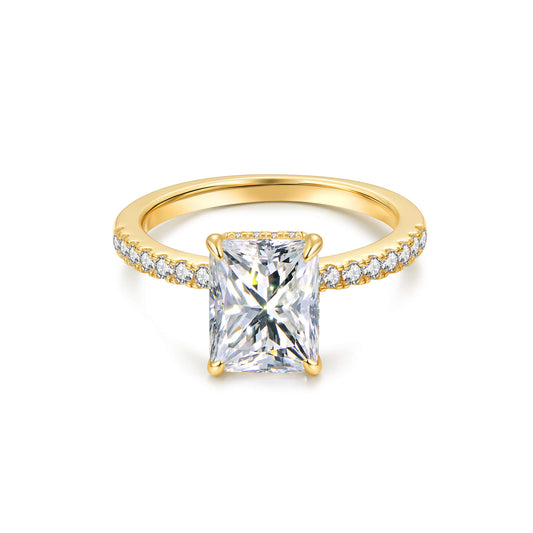What Goes First: Wedding Ring or Engagement Ring? A Complete Guide
What Is the Difference Between Wedding Ring and Engaement Ring?

An engagement ring is typically given during a proposal, symbolizing a promise to marry. It often features a prominent gemstone, with diamonds being the most popular choice.
A wedding ring, on the other hand, is exchanged during the wedding ceremony. It represents the official bond of marriage and is usually a simpler band without a large centerpiece.
Key Differences at a Glance:
✔ Purpose – Engagement rings signify a commitment to wed, while wedding rings symbolize the completion of marriage vows.
✔ Design – Engagement rings often feature a gemstone, whereas wedding rings are usually simpler.
✔ Timing – Engagement rings are presented during a proposal, while wedding rings are exchanged at the wedding.
Understanding what is the difference between wedding ring and engagement ring helps couples make informed decisions when choosing their rings.
What Goes First: Wedding Ring or Engagement Ring?
Traditionally, the wedding ring is placed first on the finger, followed by the engagement ring. This custom is based on the belief that the wedding ring should be closest to the heart.
However, some individuals prefer to wear the engagement ring first, followed by the wedding band, for aesthetic or practical reasons.
The answer to what goes first, wedding ring or engagement ring ultimately depends on personal preference and comfort.
The Vena Amoris and the Tradition of Wearing Rings
The phrase vena amoris, meaning "vein of love" in Latin, refers to an ancient Roman belief that a vein in the left ring finger connects directly to the heart. This belief led to the tradition of wearing both wedding and engagement rings on the left hand.
While modern science has disproven the vena amoris theory, the custom remains a sentimental and romantic tradition for many couples.
What Goes First: Engagement Ring or Wedding Band on the Wedding Day?
During the wedding ceremony, many brides temporarily move their engagement ring to the right hand so that the wedding band can be placed first. After the ceremony, they return the engagement ring to its original position, ensuring the wedding band stays closest to the heart.
However, some prefer to stack their rings differently based on personal comfort and aesthetics.
Cultural Variations in Ring Wearing
The placement of wedding and engagement rings varies by country:
✔ United States & UK – Rings are traditionally worn on the left hand.
✔ Germany & Russia – Rings are often worn on the right hand.
✔ India – Some prefer gold bands, while others use alternative symbols of commitment.
No matter the tradition, the placement of wedding and engagement rings reflects personal values and cultural heritage.
Alternative Ways to Wear Your Rings
💎 Wearing the Engagement Ring on One Hand & Wedding Band on the Other – Highlights each ring individually.
💎 Stacking Rings with Other Symbolic Bands – Creates a unique, personalized look.
💎 Using Ring Enhancers or Guards – Frames the engagement ring, adding elegance and style.
These alternatives allow couples to showcase their rings in a way that best suits their lifestyle and personality.
Final Thoughts: Choosing What Works for You
Now that you know what goes first, engagement ring or wedding band, the choice is yours. Whether you follow tradition or personalize your ring arrangement, what matters most is that it holds deep meaning for you and your partner.
💍 Ready to find the perfect wedding and engagement rings? Explore our collection today!











